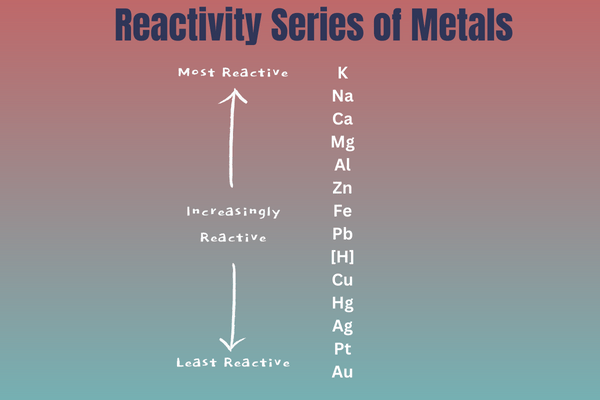The Quit India Movement, launched on 8th August 1942, is regarded as one of the most significant and powerful mass movements in India’s struggle for independence. Known as the Bharat Chhodo Andolan, it was initiated by Mahatma Gandhi at the All-India Congress Committee (AICC) session held at Gowalia Tank Maidan (now August Kranti Maidan) in Bombay. With the rallying cry of “Do or Die”, Gandhi called for the British to leave India immediately, marking a decisive turn in India’s freedom movement.
But why did the Quit India Movement become so popular among Indians across regions, classes, and communities? What made it different from the previous movements? Let’s explore the reasons that contributed to its widespread popularity and impact.
1. Strong Sentiment of Nationalism and Unity
By the early 1940s, nationalistic feelings were at their peak in India. Decades of British oppression, exploitation, and racial discrimination had united Indians in their desire for freedom. The failure of previous negotiations, such as the Cripps Mission in 1942, further intensified the need for a mass uprising.
The Quit India Movement came at a time when people from all walks of life were ready for a final push against colonial rule. Gandhi’s clear and uncompromising demand for complete independence resonated deeply with the masses. His slogan “Do or Die” appealed to people’s patriotic emotions, encouraging them to sacrifice everything for the nation’s freedom.
2. Gandhi’s Leadership and Moral Influence
Mahatma Gandhi’s leadership played a crucial role in making the Quit India Movement popular. Gandhi was not just a political leader; he was a symbol of truth, non-violence, and moral integrity. His ability to connect with ordinary people and inspire collective action made his call for the British to leave India a powerful rallying point.
Gandhi’s message was simple yet profound: India’s freedom was non-negotiable. His emphasis on non-violent resistance (Satyagraha) gave people a method to fight colonial rule without resorting to violence. His leadership gave the movement credibility, direction, and widespread appeal.
3. Impact of World War II
The timing of the Quit India Movement during World War II significantly contributed to its popularity. The British were deeply involved in the war, which had weakened their political and economic grip on India. The wartime policies of the British had led to severe economic hardships, including inflation, food shortages, and the Bengal famine of 1943.
Indians realized that the British were using India’s resources for their own war efforts without considering the welfare of the Indian people. This sense of betrayal and exploitation led to widespread discontent. The war thus provided a strategic opportunity for Indians to demand independence, knowing that Britain was too preoccupied to respond effectively.
4. Mass Participation Across Social Groups
Unlike earlier movements that had limited participation, the Quit India Movement became popular because it saw mass participation from all sections of society.
- Students, women, peasants, workers, and even local leaders took active roles in protests and strikes.
- Women leaders like Aruna Asaf Ali and Usha Mehta emerged as prominent figures, with Usha Mehta running an underground radio station to broadcast news of the movement.
- In rural areas, peasants and tribals rose against local landlords and colonial authorities.
This broad-based participation made the movement a true people’s struggle, increasing its reach and popularity across India.
5. Repression by the British Government
The harsh repression by the British also contributed to the movement’s popularity. The British arrested Mahatma Gandhi, Jawaharlal Nehru, Sardar Patel, and other top Congress leaders immediately after the launch of the movement. However, this failed to suppress the spirit of the people.
In fact, the absence of central leadership led to the spontaneous emergence of local leaders and regional uprisings. The violent suppression, including lathi charges, firing, and mass arrests, drew widespread sympathy for the movement. The more the British tried to crush the uprising, the more popular it became, as it exposed the brutality of colonial rule.
6. The Call for Complete Independence
One of the unique aspects of the Quit India Movement was its clear objective: Purna Swaraj (Complete Independence). Unlike previous movements that demanded dominion status or constitutional reforms, this movement rejected any compromise. The call for the British to “Quit India” was unambiguous and assertive, appealing to the aspiration for total freedom.
The clarity of this demand, combined with the sense of urgency created by Gandhi’s “Do or Die” message, gave people a renewed purpose. It became clear that the era of negotiations was over—the time had come for direct action.
Conclusion
The Quit India Movement became popular because it captured the spirit of the Indian people at a critical moment in history. Mahatma Gandhi’s inspiring leadership, combined with nationalistic fervor, economic hardships, and the opportunity presented by World War II, created the perfect conditions for a mass uprising.
The movement saw unprecedented participation from all sections of Indian society, despite brutal repression by the British. Although it did not immediately result in independence, it shattered the myth of British invincibility and made it clear that the British could no longer rule India without Indian consent.
In essence, the Quit India Movement became popular because it was the final, united call for freedom—a movement that convinced both Indians and the British that India’s independence was inevitable.

Rahul Kumar is a passionate educator, writer, and subject matter expert in the field of education and professional development. As an author on CoursesXpert, Rahul Kumar’s articles cover a wide range of topics, from various courses, educational and career guidance.



